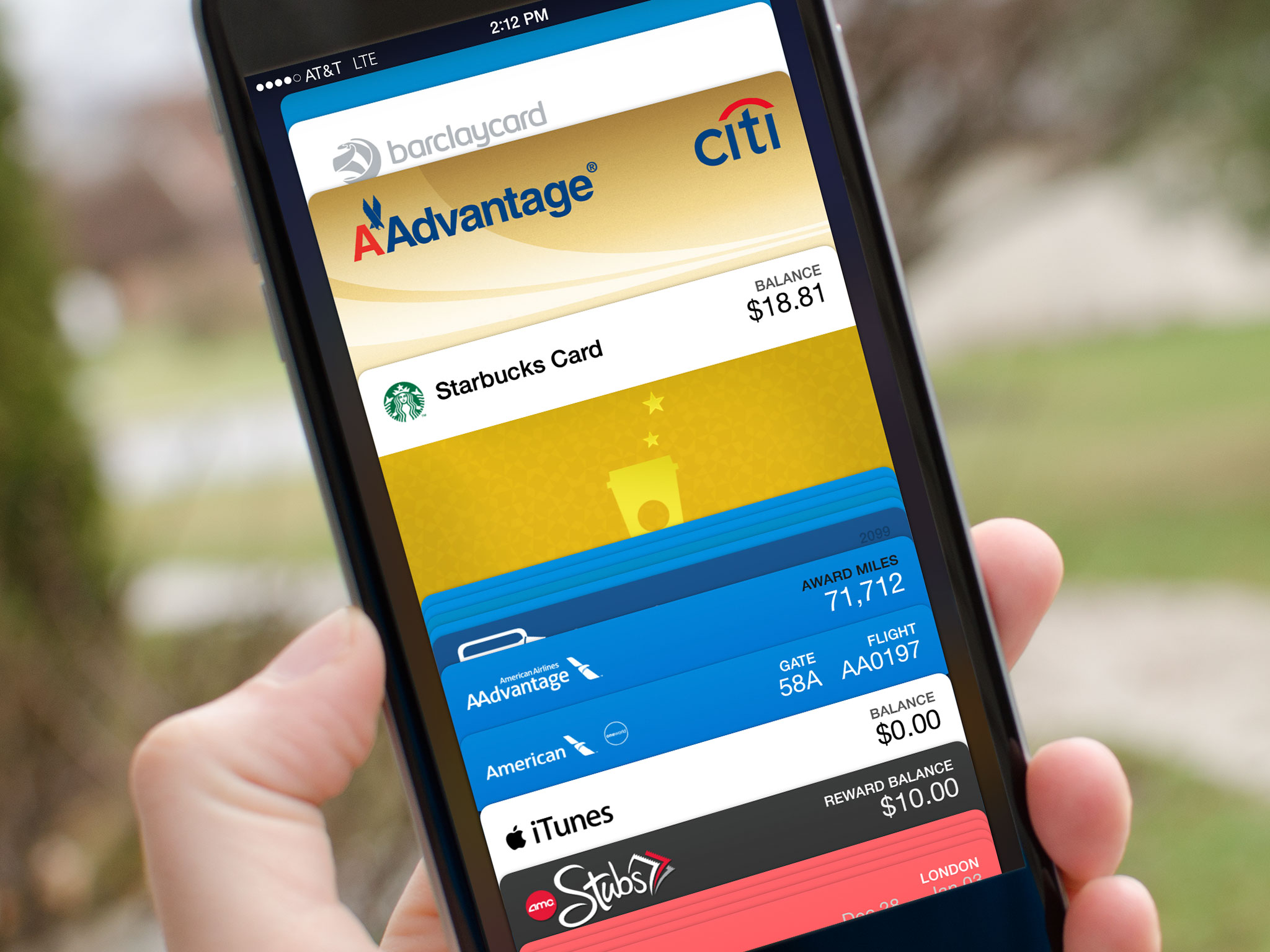
There's never been a better time to switch to iPhone. Whether you're tempted for yourself or looking to help the Android user in your life, the all-new, all-better iPhone 6 and iPhone-6-plus make the move more compelling than ever — especially when you consider Touch ID and Apple Pay.
First to 64-bit

A decade ago, if you'd told anyone Apple would be designing the most advanced chipsets in any area or for anything, your'd have been laughed at. Apple isn't Intel. They're not Qualcomm or Samsung. They've not been making chipsets for years, and they're definitely not the company most people would think of when they think of chipsets. And that might just be why Apple got to 64-bit first in mobile.
Conventional "wisdom" held that 64-bit processors for phones and tablets were still years way. Conventional chipset companies were in no hurry to obsolete the 32-bit silicon they were still selling in droves, and conventional vendors were in no way imaginative enough to see any potential more pressing than addressable RAM.
Apple thought differently. They saw 64-bit as something that gave their chips the cleaner, faster ARMv8 instruction set and more registers. They also saw the encryption it supported as a way to provide better security at much faster speeds and with much better efficiency.
The result was Cyclone, and here's what AnandTech had to say about it:
Looking at Cyclone makes one thing very clear: the rest of the players in the ultra mobile CPU space didn't aim high enough. I wonder what happens next round.
This year came Cyclone 2. While competitors were struggling to get their first generation 64-bit chipsets out the door, Apple was already shipping their second. With two billion transistors, it still managed to be 50% more efficient, making it faster but also better on battery life.
Fingerprint readers for real

Apple's custom processors also brought with them co-processors. The M-series keeps track of motion data, from acceleration to direction, rotation, elevation, and more. The secure enclave, however, enabled Touch ID.
Touch ID is a biometric fingerprint identify sensor. Fingerprint readers had been used on both computers and phones for years, but they relied on horrible, swipe-based technology that didn't really work.
Touch ID relies on better technology, and it works really well. When a capacitive ring around the Home button detects your finger, it activates the scanner. The scanner takes a high-resolution picture of your fingerprint that's converted into a mathematical formula, encrypted, and carried over a hardware channel to the secure enclave on the chipset. If the fingerprint is recognized, a "yes" token is released.
Based on that token, your identity will be confirmed, your purchases will be authorize, or your credentials will be released. That way, you can unlock your phone, buy music, movies, and apps, securely access your bank account, or fill in your passwords, and more. Best of all — Touch ID fast. Lightning fast.
It's also far ahead of anything else available. According to the Telegraph, Touch ID was so far ahead it caused Motorola to abandon plans to ship a fingerprint sensor of their own:
The secret behind [the dimple on the back of the Nexus 6] is that it was supposed to be fingerprint recognition, and Apple bought the best supplier. So the second best supplier was the only one available to everyone else in the industry and they weren't there yet.
Security is often said to be at war with convenience. Touch ID, for the first time, gives you both.
Dawn of the digital wallet

Apple Pay lets you store your credit card data on a secure element and access it with a passcode or, more easily and quickly, Touch ID. Apple Pay is currently supported by 750 banks and credit unions in the U.S. and can be used in one of two ways:
You can pay with it at hundreds of thousands of contactless payment terminals — i.e. NFC tap-to-pay registers — including retail stores, kiosks, vending machines, parking meters, and similar locations.
You can use it in compatible apps to pay for any online purchases you make.
Instead of handing over your actual credit card information, Apple Pay provides only a one-time number instead. That helps protect against fraud, both in-store and online.
Here's what one of our readers, Rainforrest, had to say:
Sold my HTC One M8 on ebay after I got my iPhone 6 Plus.. Touch ID and Apple Pay are really nice and apps are of better quality on iOS than on Android.
Reader Brad Littler added:
Apple pay makes me actually want to use my phone to pay for things where as it was a harder sell on on Android (Mostly because all my transactions were obfuscated under some mastercard charge).
Being able to leave your wallet — and your worries — at home and pay with your phone has always been the dream. With Apple Pay, it's coming closer and closer to reality. More banks, retailers, and establishments are being added all the time, and it's tough not to imagine it won't go international as soon as it possibly can.
Time to switch!
Apple can be conservative when it comes to things that reduce battery life. When it comes to providing the most advanced technologies, however, especially when they improve performance, power efficiency, and security, Apple races ahead. That's great news for consumers, because it means we can get an iPhone 6 or iPhone 6 not only with an incredibly fast Apple A8 processor, but with Touch ID and Apple Pay as well. And those are just two of the benefits of switching to iPhone.